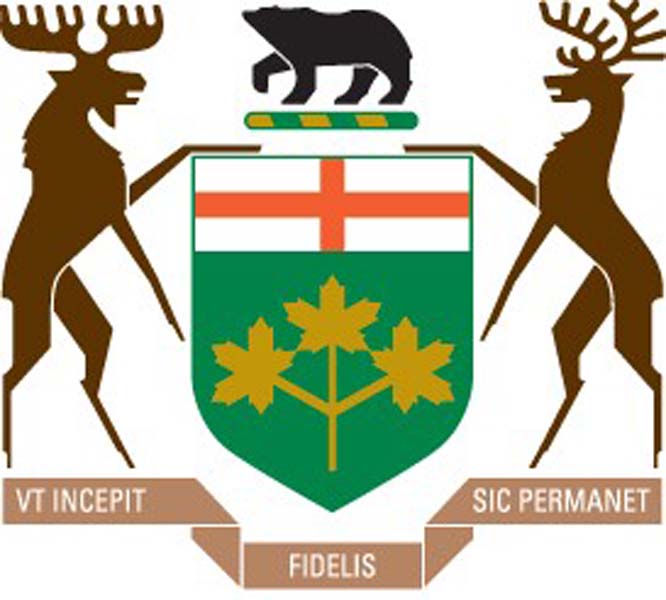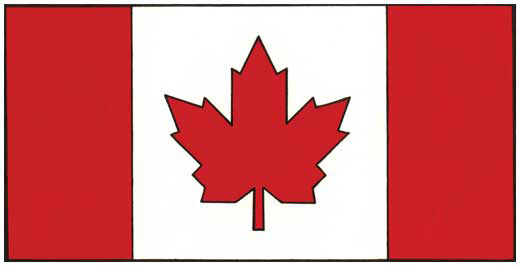The Canadian maple leaf stands as a potent emblem of national identity, its history interwoven with the cultural, natural, and political fabric of the nation. This blog post delves into its evolution and the design process for the national flag.
 The Canadian Flag with the Distinctive Canadian Maple Leaf
The Canadian Flag with the Distinctive Canadian Maple Leaf
Historical Roots of the Maple Leaf
The maple leaf's significance predates European settlement, with Indigenous peoples valuing the maple tree for its sweet sap and spiritual roles. This connection was carried forward by early settlers, particularly French Canadians along the Saint Lawrence River, who by the early 1700s began using the maple leaf as an emblem. A pivotal moment came in 1834 when the Société Saint-Jean-Baptiste, a French Canadian cultural association, adopted the maple leaf, with its president, Jacques Viger, the first mayor of Montreal, declaring it "the king of our forest; ... the symbol of the Canadian people" (Maple leaf - Wikipedia). This marked its emergence as a national symbol, reinforced by its inclusion in the coats of arms of Ontario and Quebec in 1868 and the Canadian coat of arms in 1921 (Timeline: The maple leaf - Canada.ca). Its use by Canadian soldiers during World War I, notably on uniforms, further cemented its status, symbolizing sacrifice and unity (Exploring the Symbolic Maple Leaf of Canada).

The Coat of Arms of Ontario © Canadian Heritage
The Flag Design Process: A National Debate
The mid-20th century saw Canada seeking a distinct national flag, driven by a desire to move beyond colonial symbols like the Union Jack. In 1964, Prime Minister Lester B. Pearson formed a committee to address this, receiving over 2,600 designs from the public (A Leaf of Their Own - Diefenbaker Canada Centre | University of Saskatchewan). The chosen design, by historian George Stanley, was inspired by the flag of the Royal Military College of Canada (RMC). Stanley, then dean of arts at RMC, proposed a red field with a white square in the center containing a red maple leaf, drawing from the RMC flag's structure but simplifying it to a single leaf (Flag of Canada - Wikipedia). His design was refined by graphic artists, notably adjusting the maple leaf from 13 to 11 points for better visibility at a distance (Description of the National Flag of Canada - Canada.ca). After months of debate, a period termed The Great Flag Debate, it was officially adopted on February 15, 1965, becoming a symbol of unity and pride (Flag of Canada | Meaning & History | Britannica).

George Stanley’s single maple leaf concept © His Majesty the King in Right of Canada, represented by the Canadian Heraldic Authority
The selection process was not without controversy, with debates between retaining British symbols and embracing a distinct Canadian identity. Stanley's design, however, was favored for its simplicity and recognizability, reflecting Canada's multicultural fabric and natural heritage (Celebrating 60 years: 10 fascinating facts about Canada’s maple leaf flag | CIC News).
Table: Key Milestones in Maple Leaf Symbolism
| Year | Event |
|---|---|
| 1834 | Adopted as emblem by Société Saint-Jean-Baptiste, called "king of our forest" |
| 1868 | Included in coats of arms of Ontario and Quebec |
| 1921 | Added to Canadian coat of arms |
| WWI | Worn by Canadian soldiers, symbolizing sacrifice |
| 1965 | Officially adopted for national flag, designed by George Stanley |
Canada is my Home: Celebrating Canadian Identity
As a Canada-themed patriotic apparel store, our mission is to embody this rich history through our products. Our collection includes shirts, hoodies, and caps featuring the maple leaf, ranging from classic depictions of the national flag to artistic interpretations that highlight its cultural significance. These designs pay homage to the maple leaf's journey from a natural symbol to a national icon, allowing customers to wear their Canadian pride. These items are not just clothing; they are a celebration of Canada's identity, connecting wearers to the nation's history and values.

Further Exploration and Resources
For those eager to dive deeper, the following resources provide extensive details:
- Wikipedia: Flag of Canada offers a comprehensive history of the flag and its design.
- Canada.ca: History of the National Flag of Canada details the flag's adoption and cultural impact.
- The Canadian Encyclopedia: National Flag of Canada provides insights into the design process and national significance.
